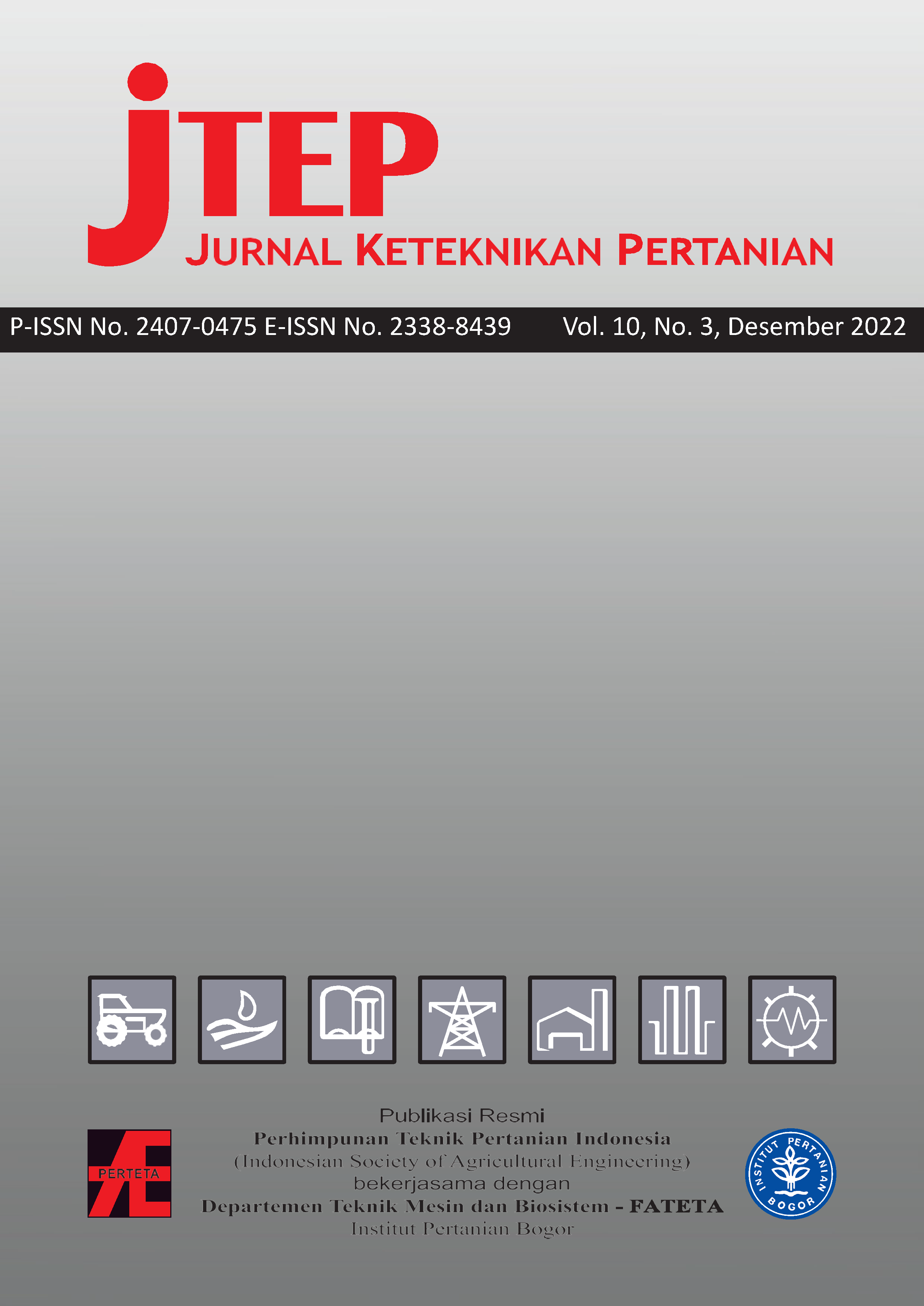The Effect of the Transesterification Process Using KOH Catalyst on the Characteristics of Biodiesel from Sterculia Foetida Seeds as an Alternative Fuel
Abstract
Research on renewable energy has become an interesting topic in the era towards industry 5.0. This was because the world's energy needs continue to increase every year, especially during the industrial revolution. The use of biodiesel as an alternative fuel began to be developed along with the emergence of policies for adding biofuels to fossil fuels. Kepuh oil has the opportunity to be developed as an alternative fuel as biodiesel feedstock. This was because kepuh oil contains triglycerides. The purpose of this study was to determine the effect of catalyst concentration on density, viscosity and heating value. The catalyst used to produce biodiesel was KOH. The concentration of the catalyst used was K-0.8%; K-0.9%; K-1.0%; K-1.1% and K-1.2%. Biodiesel production was carried out at atemperature of 600C for 1 hour in the esterification and transesterification processes at the same temperature and time. The best production of kepuh biodiesel was obtained at acatalyst concentration of K-0.8% with a density value of 0.83 gr/ml, a viscosity of 2.8 cstand a heating value of 9,847 cal/gr, while the best results were obtained from mixing purediesel with kepuh biodiesel at a catalyst concentration K-0.8%. The test resulted in adensity value of 0.82 gr/ml, a viscosity of 2.24 cst, and a heating value of 10,658 cal/gr. Thehighest yield was 77.3% at 1.2% catalyst concentration
Authors

This work is licensed under a Creative Commons Attribution 4.0 International License.
Authors submitting manuscripts should understand and agree that copyright of manuscripts of the article shall be assigned/transferred to Jurnal Keteknikan Pertanian. This work is licensed under a Creative Commons Attribution-ShareAlike 4.0 International License (CC BY-SA) where Authors and Readers can copy and redistribute the material in any medium or format, as well as remix, transform, and build upon the material for any purpose, but they must give appropriate credit (cite to the article or content), provide a link to the license, and indicate if changes were made. If you remix, transform, or build upon the material, you must distribute your contributions under the same license as the original.

